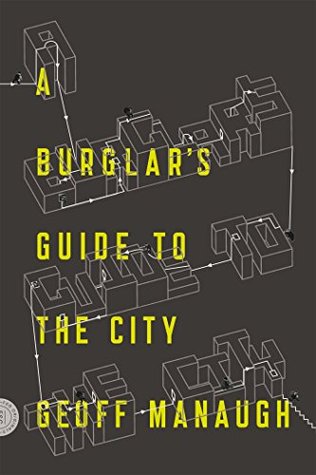More on this book
Community
Kindle Notes & Highlights
idiot masters of the built environment, drunk Jedis of architectural space.
burglars watch our houses in silence, awaiting their cues, professional moving crews no one actually hired.
Karl Alizade’s safe rooms, surrounded by wastelands of collapsed towers and twisted rebar, would still be intact, their doors still locked from within, impenetrable to future archaeologists and grave robbers, with skeletons of the wealthy sealed in silence, enthroned among their gold and jewels. It’s as if Alizade was so concerned about eliminating the threat of burglary from the world that he inadvertently designed an architecture that would outlast humanity altogether.
Looked at in a specifically architectural context, crime reveals how people try to use or misuse the built environment. Criminals are more like rogue usability experts, analyzing architecture for shortcuts, hiding spots, and other spatial tricks. As
Something about this is almost unsettlingly brilliant, as if it is nonburglars who have been misusing the built environment this whole time; as if it is nonburglars who have been unwilling to question the world’s most basic spatial assumptions, too scared to think past the tyranny of architecture’s long-held behavioral expectations.
Die Hard is easily one of the best architectural films of the past three decades; it is, in many ways, a film about the misuse of architecture.
but for the most part, if you’ll pardon my French, they’re assholes. They wreck the lives and security of others for as little as a necklace—often far less—leaving psychological scars no insurance policy can cover.


